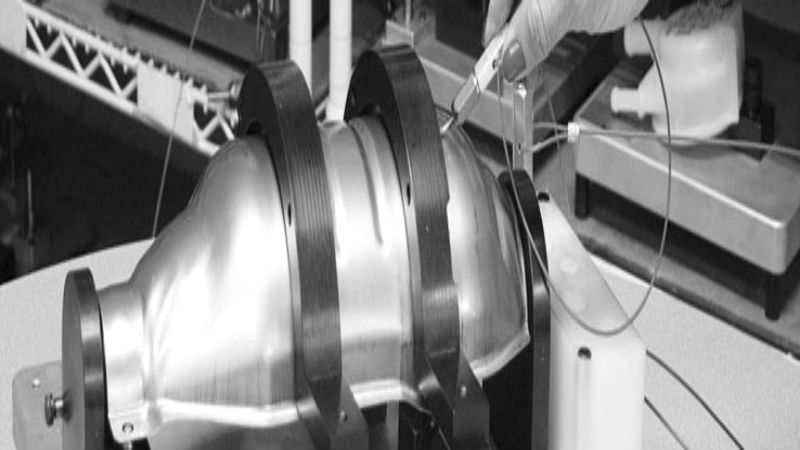When you watch high-powered hydraulic equipment like backhoes and dump trucks, you will notice how important the cylinders are to these machines. Cylinders are vital components, and most hydraulic systems have either double or single acting hydraulic cylinder applications. So how does single action work? Let’s look closer to see.
It’s All about Hydraulic Force
Hydraulic systems compress a fluid, and this is how they get their power. Fluid is compressed inside of cylinders. They work like a piston-driven compressor in an air conditioning system. Cylinders are made with rods and pistons, and they convert fluid power to mechanical power. The fluid can act on one or both sides of the piston (inside the cylinder). When it’s only on one side, it’s a single action system.
A Single Acting Hydraulic Cylinder in Action
Single action cylinders have a piston with a rod connected. The rod may have a spring which returns it to its original position. The cylinder barrel has a piston end and blind end. Fluid is pumped into the blind end. This forces the piston to retract, and this is the forward stroke. The piston remains in this position as long as fluid places pressure upon it. When a control valve redirects fluid from the cylinder the spring returns the piston back to the original position (retraction stroke). You can see single acting hydraulic cylinder applications in hydraulic rams and pumps.
Double Action
Double acting cylinders have fluid on both sides of the piston. This lets the cylinder produce motion in two directions, and it has fluid ports on both ends. You can find double action cylinders in lift trucks and excavator equipment.
Which One?
Choosing the right cylinder depends on your needs. Single action cylinders are cost-effective and use less energy. They are sometimes the perfect choice for your hydraulic system needs.








